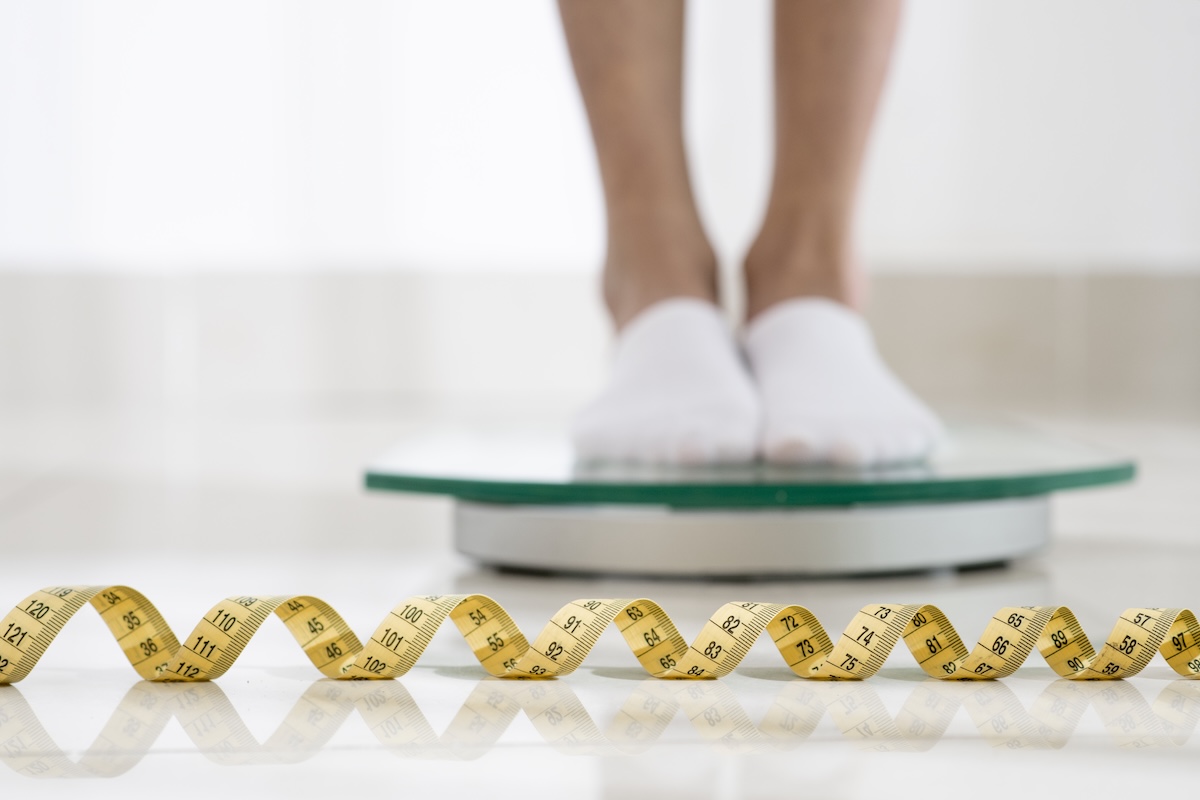Weight loss is something many people think about, whether it’s for health reasons, more energy, or simply to feel better in their own skin. But it’s important to lose weight in a way that’s both fast and healthy. Crash diets or extreme routines might give quick results, but they often don’t last and can even harm your body.

The key to successful weight loss is finding a balance—eating the right foods, staying active, and making changes that you can stick to. With a few simple habits and smart food choices, you can start losing weight quickly without starving yourself or feeling miserable. Here are some realistic and healthy ways to make that happen.
1. Start With Simple Changes You Can Stick With
One of the biggest mistakes people make when trying to lose weight fast is changing too much at once. Cutting out entire food groups, skipping meals, or exercising for hours every day can backfire. Instead, focus on small changes that feel manageable.
Start by reducing sugary snacks and drinks. Soda, cookies, and candy add a lot of extra calories without making you full. Swap them out for healthier options like fruit, nuts, or yogurt. Another easy step is to drink more water throughout the day, especially before meals. Water helps you feel full and may help prevent overeating. Keeping a food journal or using a meal-tracking app can also help you understand your eating habits and identify places to improve.
2. Green Tea Can Support Fat Burning
Green tea is one of the most talked-about drinks when it comes to weight loss—and for good reason. It contains antioxidants called catechins that may help increase fat burning, especially during exercise. Green tea also has a small amount of caffeine, which can boost energy and help your body burn more calories.
Drinking two to three cups of green tea a day can support your weight loss goals, especially if you use it to replace sugary drinks like soda or sweetened coffee. For the best effect, drink it plain without adding sugar or cream. If you’re sensitive to caffeine, try having green tea earlier in the day to avoid sleep problems at night.
3. Focus on High-Fiber, Low-Calorie Foods
Eating foods that are high in fiber helps you feel full for longer. Fiber slows down digestion, which means you stay satisfied and are less likely to overeat. It also helps keep your blood sugar levels steady, which is important for avoiding energy crashes and cravings.
Fruits, vegetables, whole grains, beans, and lentils are all great sources of fiber. You don’t have to count every gram—just try to include a fiber-rich food with each meal. This also helps with digestion and keeps your gut healthy, which can support weight loss in the long run.
4. Cauliflower: A Tasty, Low-Carb Hero
Cauliflower is one of the best foods to eat if you want to lose weight fast and still enjoy satisfying meals. It’s low in calories and carbs, high in fiber, and incredibly versatile. You can use it as a base for dishes that usually include high-calorie ingredients.
Try swapping mashed potatoes with mashed cauliflower, or make cauliflower rice instead of white rice. You can even use it to make low-carb pizza crust or add it to smoothies for a creamy texture without extra sugar. Because cauliflower is filling and low in calories, it allows you to eat larger portions without overdoing it on calories.
5. Don’t Skip Meals—Plan Them
Skipping meals might seem like a quick way to cut calories, but it often leads to hunger and overeating later. Your body needs regular fuel to keep your metabolism running smoothly.
Try eating three balanced meals a day with healthy snacks in between if needed. Each meal should include protein (like eggs, chicken, tofu, or beans), fiber-rich carbs (like vegetables or whole grains), and healthy fats (like avocado or olive oil). This combination helps keep you full, energized, and less likely to snack on junk food later. Meal prepping at the beginning of the week can also help you stay on track and avoid last-minute takeout or processed food.
6. Get Moving Without Overdoing It
Exercise is an important part of any healthy weight loss plan, but you don’t have to do intense workouts every day. In fact, trying to do too much too fast can lead to burnout or injuries.
Start by walking more during the day—take the stairs, go for short walks, or try a 20-minute workout video online. Activities like dancing, biking, or swimming are also great ways to burn calories while having fun. If you can move your body every day in a way you enjoy, you’re more likely to stick with it. Strength training two to three times a week helps build muscle, which burns more calories even when you’re resting.
7. Get Enough Sleep and Manage Stress
Sleep and stress have a bigger impact on weight than most people realize. If you’re not sleeping enough, your body produces more of the hormone ghrelin, which increases hunger. At the same time, it lowers levels of leptin, the hormone that helps you feel full. That combination can lead to late-night snacking or cravings for high-calorie foods.
Stress can also affect your eating habits. Many people eat more when they’re stressed, turning to comfort foods that are high in sugar and fat. Try simple stress-relief techniques like deep breathing, journaling, or taking short breaks throughout the day. Aim for 7 to 9 hours of sleep each night to help your body recover and stay balanced.

